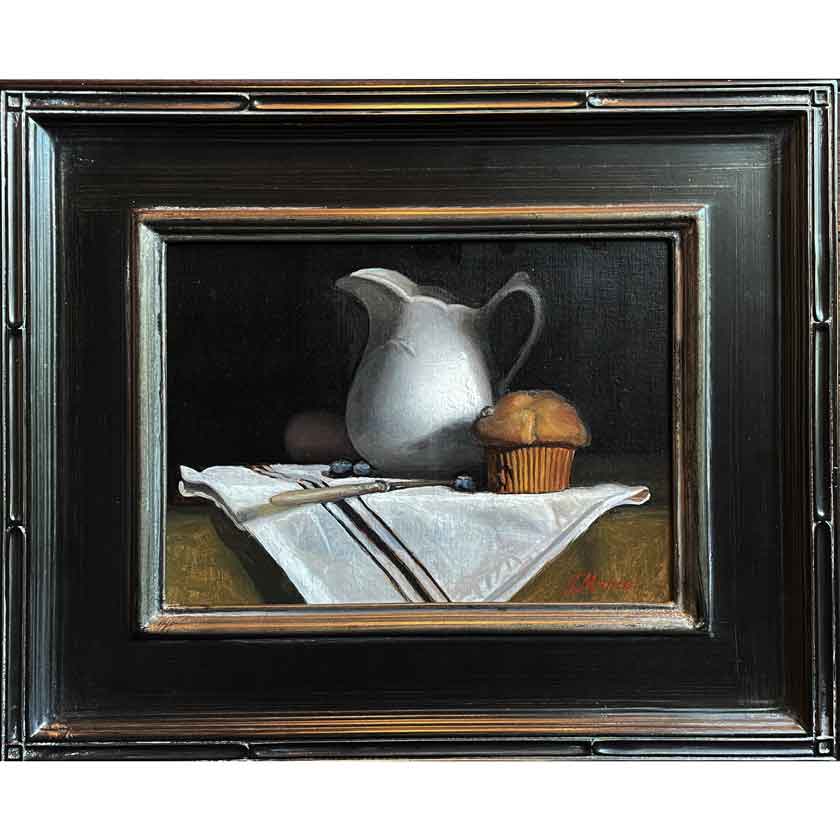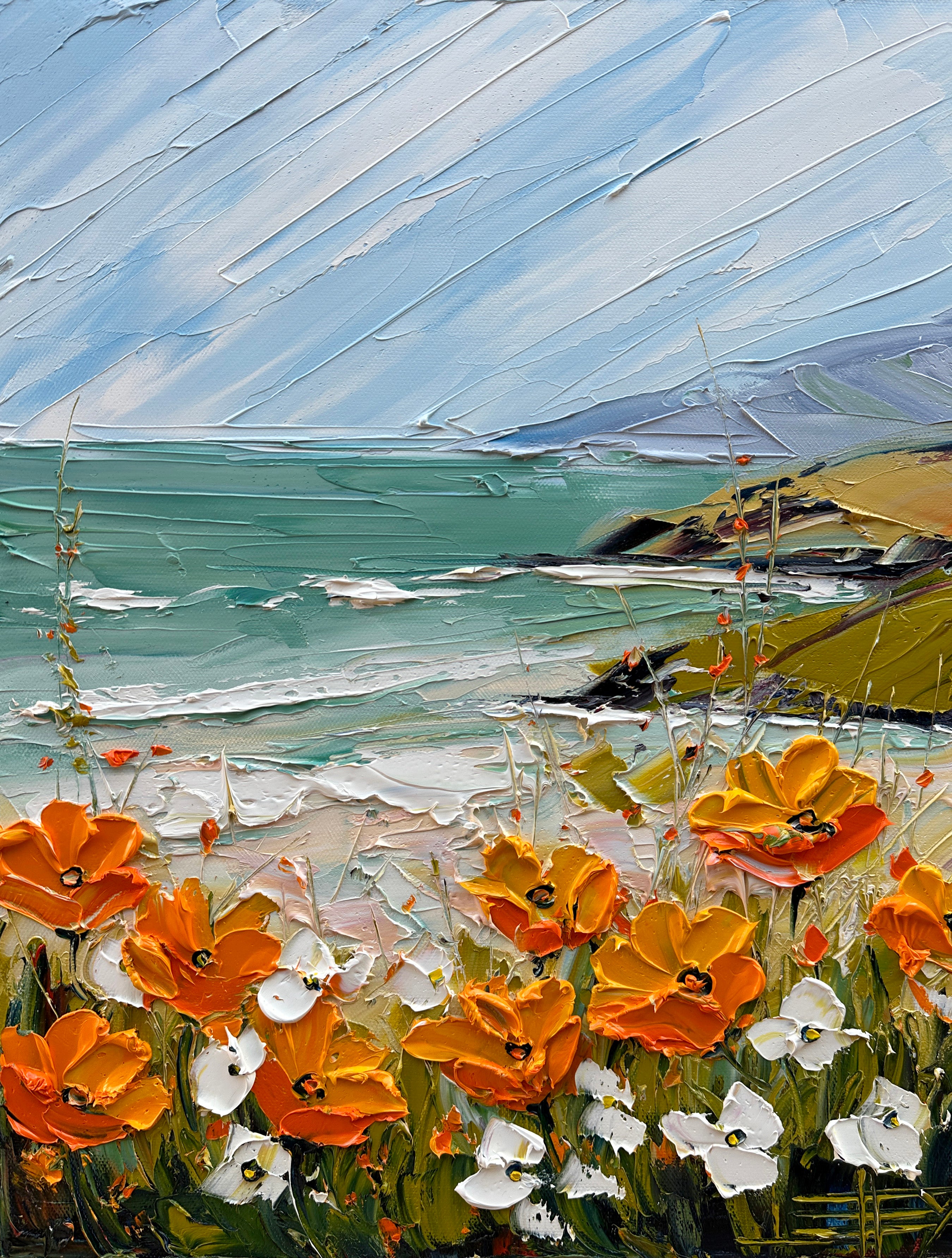Stylish Interior Decor Tips with Oil Paintings for Sale
Stylish Interior Decor Tips with Oil Paintings for Sale
Blog Article
Checking out All Regarding Oil Paintings: A Guide to Comprehending Their Appeal and Value
Oil paintings have astounded target markets for centuries, supplying a look into the creative mastery of various eras. Their abundant history is intertwined with innovative methods and extensive emotional expression. Comprehending the materials and techniques behind these artworks can enhance admiration. Additionally, the marketplace for oil paintings presents possibilities for collection agencies and financiers alike. As one explores this fascinating globe, the inquiry develops: what makes an oil painting truly beneficial?
The History of Oil Painting: A Journey Through Time
Although oil painting has origins that date back to old times, it genuinely flourished throughout the Renaissance, when artists uncovered its convenience and rich shade possibility. Early examples can be mapped to the 7th century, with techniques evolving notably throughout cultures. The medium came to be prominent in Northern Europe in the 15th century, specifically through the works of musicians like Jan van Eyck, who spearheaded its use for thorough realism and vivid hues. This duration marked a separation from tempera paints, permitting better depth and appearance. As oil paint spread, it influenced plenty of artists, causing work of arts by popular numbers such as Leonardo da Vinci and Rembrandt. The tool's tradition continues, forming the art world well into contemporary times.
Recognizing Oil Repaints: Materials and Techniques
As artists discover the world of oil paints, they experience a diverse variety of materials and methods that define this medium. The main components of oil paint include pigments, which supply shade, and drying out oils, such as linseed, that bind the pigments and promote application. Various additives can modify the paint's structure and drying out time, boosting convenience. Methods like glazing, where clear layers are developed, and impasto, which entails using thick paint, permit various aesthetic results. Additionally, making use of brushes, combination knives, and also fingers can produce special structures and surfaces. Comprehending these materials and methods enables artists to totally express their creative thinking and attain the preferred effect in their artwork.
The Role of Color in Oil Paintings
Shade plays a crucial function in oil paints, influencing both visual appeal and emotional resonance. Recognizing color theory essentials, including the connections between tones, can improve a musician's ability to communicate state of mind and environment. In addition, grasping color blending techniques permits better depth and richness in a paint's scheme.

Shade Concept Essential
Comprehending color theory is vital for artists working with oil paints, as it develops the foundation for creating visually appealing and harmonious compositions. Shade concept incorporates the research of exactly how colors communicate, the shade wheel, and the relationships between key, second, and tertiary colors. Musicians use complementary colors to boost contrasts and develop focal factors, while analogous shades advertise unity and cohesiveness within an item. Furthermore, the ideas of warm and awesome colors influence the assumption of depth and space in a paint. Realizing these concepts enables musicians to manipulate shade properly, leading the audience's eye and communicating their desired message. Proficiency of color theory inevitably enriches an artist's capability to share feelings and concepts via their job.
Psychological Impact of Color
The emotional impact of color in oil paintings plays a vital duty in how visitors connect and perceive with artwork. Shades stimulate particular feelings and moods, affecting the visitor's mood. Cozy shades like oranges and reds can create a feeling of heat and energy, while great tones such as blues and greens typically evoke calmness or self-questioning. Artists strategically choose color palettes to enhance narrative aspects, directing the target market's emotional journey. The saturation and comparison of colors further intensify these impacts, drawing attention and creating focus. Eventually, the interaction of shades in oil paintings not only boosts their visual appeal but additionally functions as an effective tool for emotional expression, enhancing the audience's experience and analysis.
Shade Mixing Techniques
While numerous facets of oil paint add to the total make-up, mastering color mixing techniques is vital for attaining desired effects and depth. Shade mixing can be approached with various approaches, including the subtractive and additive procedures. Additive mixing entails integrating colors of light, while subtractive blending counts on pigments, where shades blend to develop new shades. Musicians frequently make use of a limited palette to produce harmonious jobs, comprehending the connections in between primary, secondary, and tertiary shades. Techniques such as glazing and scumbling additionally enhance depth and luminance. By masterfully blending shades, a musician can evoke emotions, produce centerpieces, and attain a sense of realism, ultimately raising the paint's visual and emotional effect.
Famous Oil Painters and Their Iconic Functions

Renowned for their mastery of color and strategy, oil painters have produced some of one of the most celebrated art work in background. Distinguished artists like Vincent van Gogh captivated audiences with his stirring brushwork in "Starry Night," while Claude Monet's "Impression, Sunup" prepared for Impressionism. Leonardo da Vinci's "Mona Lisa" continues to be a long-lasting symbol of creative genius, showcasing his skill in recording human expression. Rembrandt's "The Night Watch" highlights his innovative usage of light and shadow. Other significant numbers include Pablo Picasso, who transformed modern art with his strong trial and error in jobs like "Les Demoiselles d'Avignon," and Georgia O'Keeffe, whose lively depictions of landscapes and flowers aided specify American innovation. Each artist's unique style added considerably to the oil paint landscape.
Just how to Examine the Top Quality of an Oil Paint
Reviewing the top quality of an oil paint includes a cautious assessment of workmanship methods, in addition to an analysis of shade and structure. Observing brushwork, layering, and the application of paint can disclose the artist's skill degree. In addition, the interaction of colors and the general setup of elements add substantially to the paint's visual worth.
Analyzing Craftsmanship Techniques
A meticulous analysis of workmanship strategies is vital for establishing the top quality of an oil paint. Evaluators ought to initially check out the application of paint; thick, distinctive brushstrokes might suggest a proficient hand, while extremely uniform applications might suggest a lack of deepness. oil paintings for sale. The layering strategy is also important; the visibility of lusters and differed thickness can enhance luminosity and intricacy. In addition, the quality of the products made use of, such as the canvas and pigments, plays a considerable role in durability and overall visual. Attention to information in elements like edges and changes between colors reflects the musician's dedication to their craft. Ultimately, these methods add to the painting's emotional impact and market price, serving as indications of the musician's skill and intent
Evaluating Color and Composition
While examining the high quality of an oil paint, one have to focus on the interplay of color and structure, as these aspects are essential to the artwork's total effect. Shade choices can stimulate feelings and establish state of mind; as a result, the musician's scheme ought to be examined for consistency and contrast. A healthy structure guides the viewer's eye and produces a sense of unity. Musicians commonly use techniques like the guideline of thirds or leading lines to enhance visual interest. In addition, making use of light and darkness can add deepness, improving the three-dimensionality of the paint. Eventually, an effective oil paint weds shade and make-up, involving the audience and welcoming a deeper recognition of the musician's vision and method.
Taking care of and Preserving Oil Paintings
Correct care and preservation of oil paints is essential for preserving their honesty and durability. To shield these art work, it is essential to present them far from straight sunlight, which can create fading and staining. Maintaining a stable environment with controlled temperature level and humidity further help in protecting against damage. Cleaning should be done delicately using a soft, completely dry towel, preventing any rough chemicals that can hurt the paint or varnish. Regular examinations for indications of damage, such as flaking or splitting, are advisable. When keeping or transferring oil paintings, correct padding and framing are necessary to prevent physical damage. Inevitably, persistent treatment contributes to the visual charm and worth of oil paints over time.
The Market for Oil Paintings: Accumulating and Investing
Understanding the marketplace characteristics for oil paintings is essential for enthusiasts and financiers alike. The value of these art work is influenced by numerous variables, consisting of the artist's credibility, historical significance, and present trends. Enthusiasts typically seek items that resonate personally while taking into consideration potential recognition in value. Galleries and public auctions work as primary places for buying and selling, with costs varying based upon need and rarity. Buying oil paintings requires study into the market, in addition to an understanding of credibility and provenance. Furthermore, arising musicians might use possibilities for substantial returns, while developed names can regulate high rates. In general, a critical strategy to accumulating can generate both visual satisfaction and economic incentives.

Often Asked Questions
What Are the Environmental Impacts of Oil Paint Materials?
The environmental influences of oil paint products include the launch of unpredictable organic compounds (VOCs), dangerous waste generation, and resource removal for pigments. These elements add to pollution and ecological degradation, raising issues among eco conscious musicians and customers.
Just How Do Various Canvases Influence Oil Paint Outcomes?
Various canvases affect oil paint results substantially. Absorbency, appearance, and surface area top quality can modify paint application, drying out times, and shade vibrancy. Musicians usually pick certain canvases to accomplish preferred effects and boost their imaginative expression.
Can Oil Paintings Be Recovered if Harmed?
If damaged, Oil paintings can without a doubt be recovered. Expert conservators utilize various strategies to fix tears, clean surfaces, and address staining, making sure that the artwork maintains its original beauty and worth for future generations.
What Are the Signs of an Initial Oil Painting?
The indicators of an original oil paint include visible brush strokes, texture variations, and an uneven canvas weave (oil paintings for sale). Additionally, credibility may be confirmed through provenance, trademarks, and the existence of a varnish layer unique to oil tools
How Has Modern Technology Influenced Modern Oil Painting Techniques?
Modern technology has greatly influenced modern-day oil painting strategies by introducing electronic tools for preparation, enhanced materials for appearance and website durability, and on-line platforms for sharing and marketing art, thereby broadening musicians' creative opportunities and audience get to. Oil paint has origins that date back to ancient times, it absolutely thrived during the Renaissance, when artists discovered its flexibility and abundant shade capacity. The emotional impact of shade in oil paints plays a crucial duty in exactly how audiences perceive and attach with art work. While several aspects of oil painting add to the total make-up, grasping color blending techniques is important for attaining wanted results and deepness. Examining the top quality of an oil paint includes a mindful assessment of craftsmanship techniques, as well as an analysis of color and structure. While reviewing the top quality of an oil paint, one must focus on the interplay of color and composition, as these elements are essential to the artwork's general effect.
Report this page